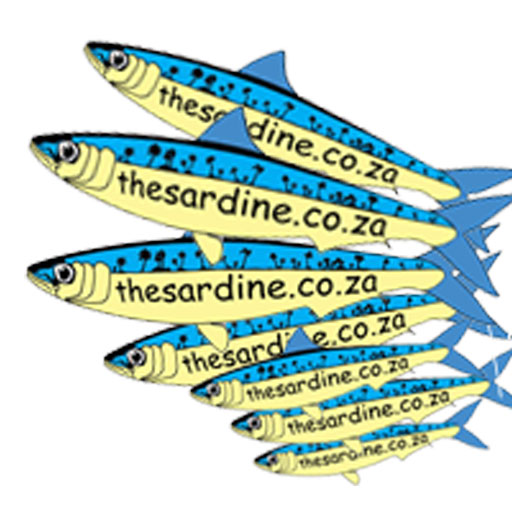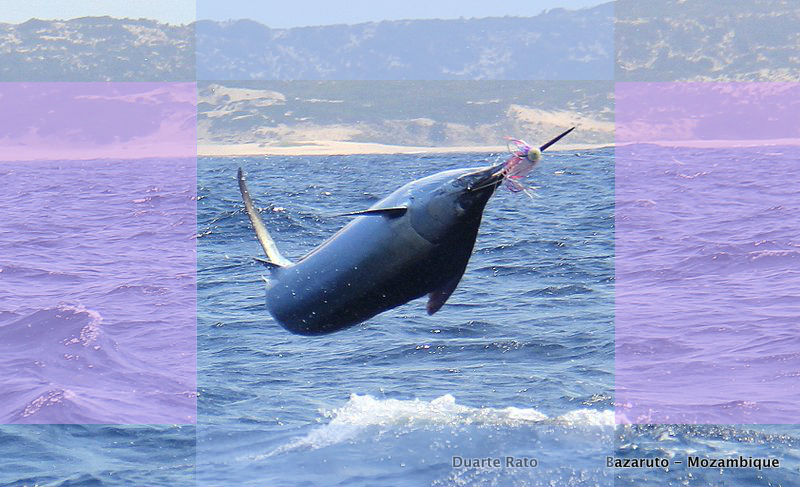
Social: When and how often should I post?
Social marketing by The Sardine News
How often and where should I be posting on my social networks? A vital consideration that can make or break your campaigning efforts. Thie questions have been answered by many independent survey people and companies all over the web. This is what I have gleaned from the average of what they all have to say, about when and how often to post to your social networks.
- Facey: Thursday, Friday and Saturdays are the cooking days for Facey. Earlier in the week, people are more work focused. Posting times are best after or before work hours during the week. Anytime on the weekends.
- Twitting: Twitter is more rapid fire, but keep same times as Facebook, for best results.
- Email marketing: It turns out that emails are best sent on Tuesdays and Thursdays, and at lunch time and up to 5pm. People generally check email all day, but the bustling mornings produce less opens than the lazy afternoons.
Note* Tuesdays are the most productive day of the week, after Mondays, for performance in the work place. This performance generally peaks on Tuesday, and dwindles into Friday. Saturdays are quite good, for the unfortunate who have to work on a weekend.
Re-posting
Something none of us do enough of, is re-post. Approximately 4%, yes – 4%, of your followers even see your post once. So you have every right, and even a duty, to re-post your hard work, a few times. For us to enjoy!
Facebook is quite sensitive and I recommend re-posting every morning and evening, for a few days. Then again the next week one or two more days, the next again, and then taper off as a month rolls by. So you could end up posting the same post in the same place up to 10 or 12 times, in it’s first month of deployment.And then, a year later, Facey will probably remind you, that you can post again a few times.It is quite possible that some of your posts will be relevant and contemporary even if written a long while ago. In this time you Groups or Pages, would have collected more Likers and Followers, that never had a chance at seeing your completely cool and relevant post.
Twitter is less sensitive and therefore gave rise to Hootsuite and it’s many auto-posting contemporaries. You could really post and re-post on twitter many times, as the timelines are so fast and so many. Best automate re-posting here.
Google+ and LinkedIn have far slower timelines, and so you need not re-post much at all. Perhaps once a month would almost be to o much. You would hate to post one on top of the other – that really looks spammy.
o much. You would hate to post one on top of the other – that really looks spammy.
So what does this mean for all of us using the social network platforms to market our business’?
Get posting!
Connect with us on Facebook here…
https://www.facebook.com/thesardine.co.za/
or click this for all my social profiles…
elink.io/9132d (Very interesting way of going about it, take a squiz)



